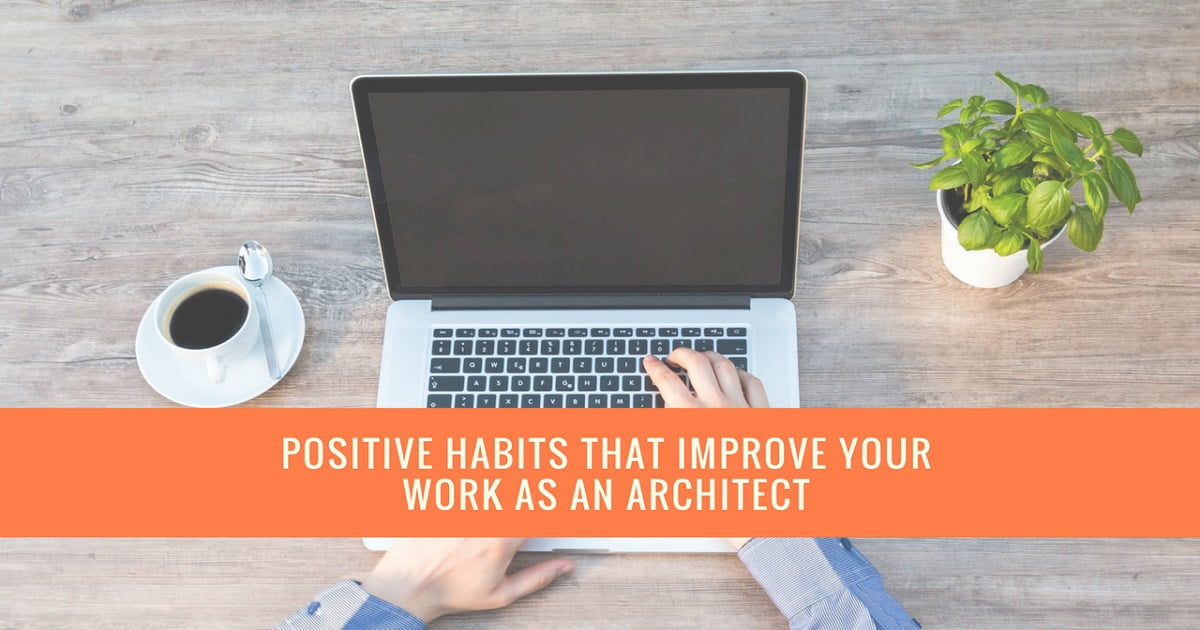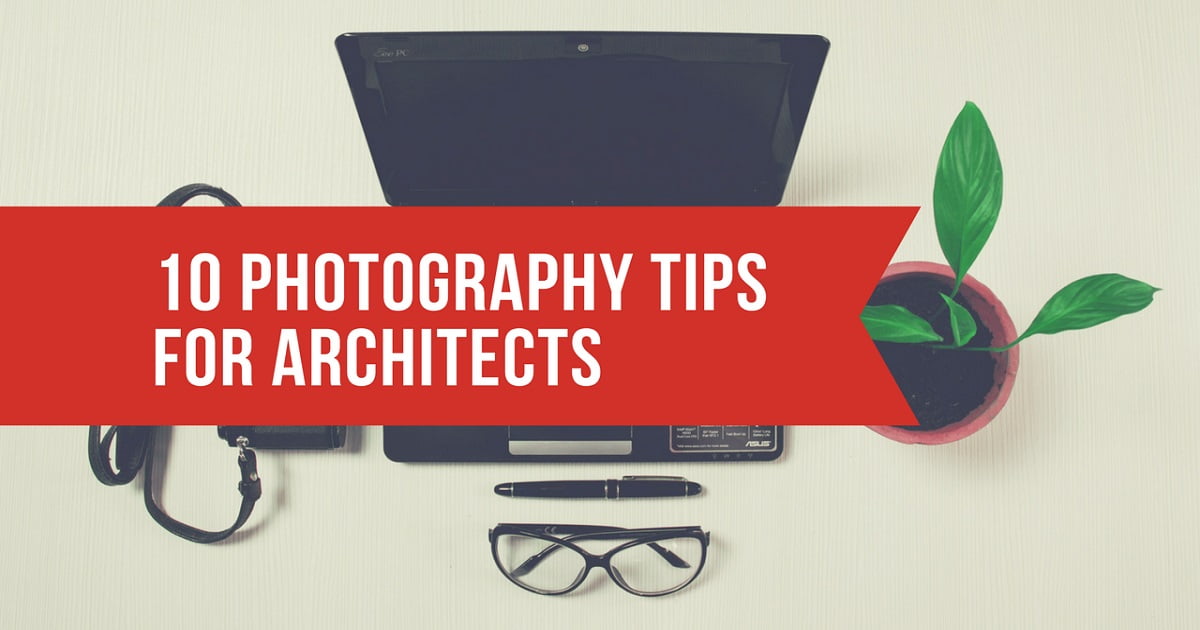Architecture and Photography are intimately related areas of study, here we will give you 10 excellent tips to get the best views of that work and city you are going to visit.
10 Photography Tips for Architects
This time in Arquinétpolis we bring you a post to help you photograph architectural works in your trips, excursions or simply on a tour of the street. Remember that Architecture and photography are objects of study that are closely related, that is why every Architect must at least have the minimum notions about photography even for the commercial and real estate aspect since, in order to sell a house, it is necessary that Look good and photography and rendering are fundamental. So without further ado let’s go with those tips we need to achieve those quality photographs that we so desire.
1- Choice of camera
Of course, the first council is directed towards the cameras, since they are the instrument with which we can capture those images we are looking for. Basically this first advice is to define the priority that photography will occupy in your life, if you are only an occasional photographer then you can choose an economic camera, a good camera for this purpose is a point and shot type, if you plan to do from photography a hobby then we recommend a SLR.
2- Instructions
It may seem like something logical, but the truth is that most of the time the instructive is never read and in many of the occasions that can be the difference between a good photograph and a bad one, why? Well, basically because in the instructions we can find functions and applications of our camera that can help us get the most out of our camera.
3- Use the options
Your camera can be more flexible and powerful than you know. Once you have read the instructions, explore with the camera and its different characteristics until you find the configuration that best suits your purpose or that is simply the one you like the most, in this way you can learn what effects you can achieve with each one of them.
4- Make a check-list
Always before traveling make a list with all those things you need to know about your camera before starting the trip, check that the battery is fully charged, and above all: Check the space available on your memory card. This point is very important because it is quite frustrating to be in the place in question and have taken a good photograph but can not save it because there is no memory space, make sure you have enough space or carry a spare memory card.

How to ATTRACT CUSTOMERS with my Office of Architecture?

DIGITAL TOOLS to develop an Architecture Thesis

POSITIVE HABITS that improve your work as an Architect

Guide to Create a VERTICAL GARDEN at Home

iMac and MacBook FOR ARCHITECTS

Best ARCHITECTURE MASTERS in the World
5- Never erase photos
Sometimes the cameras have LCD screens that in the preview make us see blurry or out of focus pictures, however you never have to erase photos since, many times when you pass them to a PC or a monitor it turns out they were not so bad photos as in the preview of the camera we saw. It is better to erase photographs on the computer or computer.
6- Frame
The framing is basic to make a good photograph, a good advice to frame a photo is to create imaginary lines on the screen, this in the world of photography is better known as the «rule of thirds», is to divide the screen imaginatively in 9 rectangles and in each of the intersections place our object of interest that we want to photograph.
7- Zoom
The zoom is another important detail that, if not configured correctly can ruin our photographs. It is better to try to take the pictures without zooming so that they look as natural as possible, remember that the higher the zoom, the better your chances of getting a moved photograph, so be careful at this point and try to set your zoom in a intermediate point or use it only for a special photograph.
8- Lighting
Another basic point of photography is lighting, measure light before taking the photo, in scenarios where color dominates using a lot of lighting can make our object too dark and the background too light. White balance and try different shooting programs can make the quality of your photographs better in situations where you need the flash to illuminate better. The lighting is very important. You have to adjust the light depending on the needs.
Contrast errors are also very common, we should identify well the contrasting colors and especially the shadows. A decompensation of lighting can cause colors or light tones to come out too dark.
9- Human Scales and references
In Architecture the human scale is something fundamental to be able to photograph a work, since everything must be compared and referenced with the user, in this case the human being. the photographs of facades in large buildings are the best since there is more movement of people, taking the photograph at practically level floor gives a greater effect of monumentality, always try to take photographs of buildings either from the front or from a corner, the corner photographs allow us to discover the building beyond the facade and we can also observe its volumetry better.
10- Backup copies
One of the greatest frustrations of any photographer (amateur or professional) is losing your job for computer or technical issues (viruses, formatting, etc.) That is why you always have to back up your images, create a backup folder in the same camera or on our computer or if you can not also record them on CDs or DVD’s of data (in this case, images).
So far this article friends hoping that these tips are of their use and that they can put them into practice on holidays, for more content related to Architecture, Urbanism, Construction and Interior Design visit https://arquinetpolis.com

